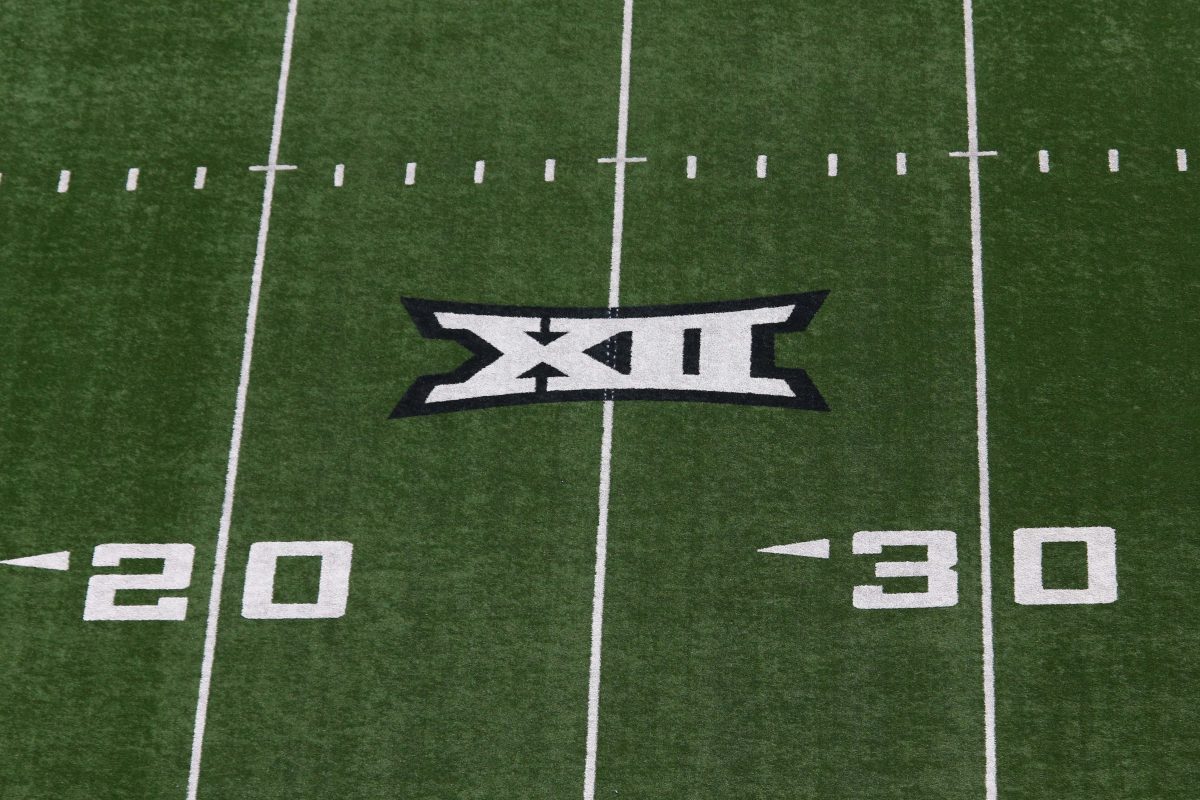According to multiple reports, there is no expectation that Florida State or Clemson will notify the ACC of an intent to leave before the August 15 deadline, which would apply to an exit for the 2025-26 season.
While that appears to smooth out the narrative at ACC Media Days, for the time being, it could be just a matter of time before we see the headlines change again.
Pete Nakos of On3 spoke with a “senior TV source” concerning the ACC’s situation with the Seminoles and Tigers, and during that discussion, they pointed out a couple of interesting things.
First of all, while ACC Commissioner Jim Phillips didn’t make the deal that has the Noles and Tigers up in arms, he is the man responsible for guiding the league’s future, and that’s not an easy situation to be in.
“He kind of inherited it from [former ACC commissioner] John Swofford,” the source told On3. “He didn’t make that deal. If you really look through the contents of what Clemson and Florida State have filed, a lot of it is aimed at the preceding administration. Now, Phillips, he’s got a tough hand to play here.
“… You never want to be in litigation with your own schools. And yeah, the schools have signaled that they want out. I don’t know what he could possibly do to change that picture. He’s not going to go to ESPN for more money now.”
Secondly, and perhaps more interestingly, the source pointed to the recent development of “private equity” becoming involved in college athletics could cause “further destabilization” and went as far as to directly note that they expect it to “be a factor in the Big 12.”
“You have all these private equity companies circling college sports,” the senior TV source told On3. “I think that is going to be a factor in the Big 12, maybe some of the other smaller conferences. I don’t know at the moment how the Big Ten and SEC are going to react to it, but I do see the potential of further destabilization.”
What does “further destabilization” look like?
Well, the main issue that is holding Florida State and Clemson from taking their ball and going home is an exit fee that could cost them in excess of $500 million. But, if the Big 12 were able to infuse, say, $2 billion, the league would suddenly have the funds to not only pay their way out of the ACC, but potentially cause its entire conference to fall apart in the aftermath.
Now, is the Big 12 the only conference that could pull in some serious funds by effectively selling part of its soul? Probably not, but for the time being, it appears that it might be the only league in a position to do so. After all, its current media rights deal is set to expire in 2030-31, a full five years before the ACC does.
Will things change before we get there?
Probably, but who can even begin to predict what college athletics will look like in that time? Think back to what college football looked like in 2018 and compare it to what we see now. Now, just imagine what another six years could do.
The ACC is in a bit of a pickle, and like the Big 12 in 2021, its next steps will be vital to its long-term survival. Will Phillips make the moves necessary to keep them afloat, or will we see the Big 12 grow again after being on the brink of destruction just a few short years ago? Only time will tell.

























